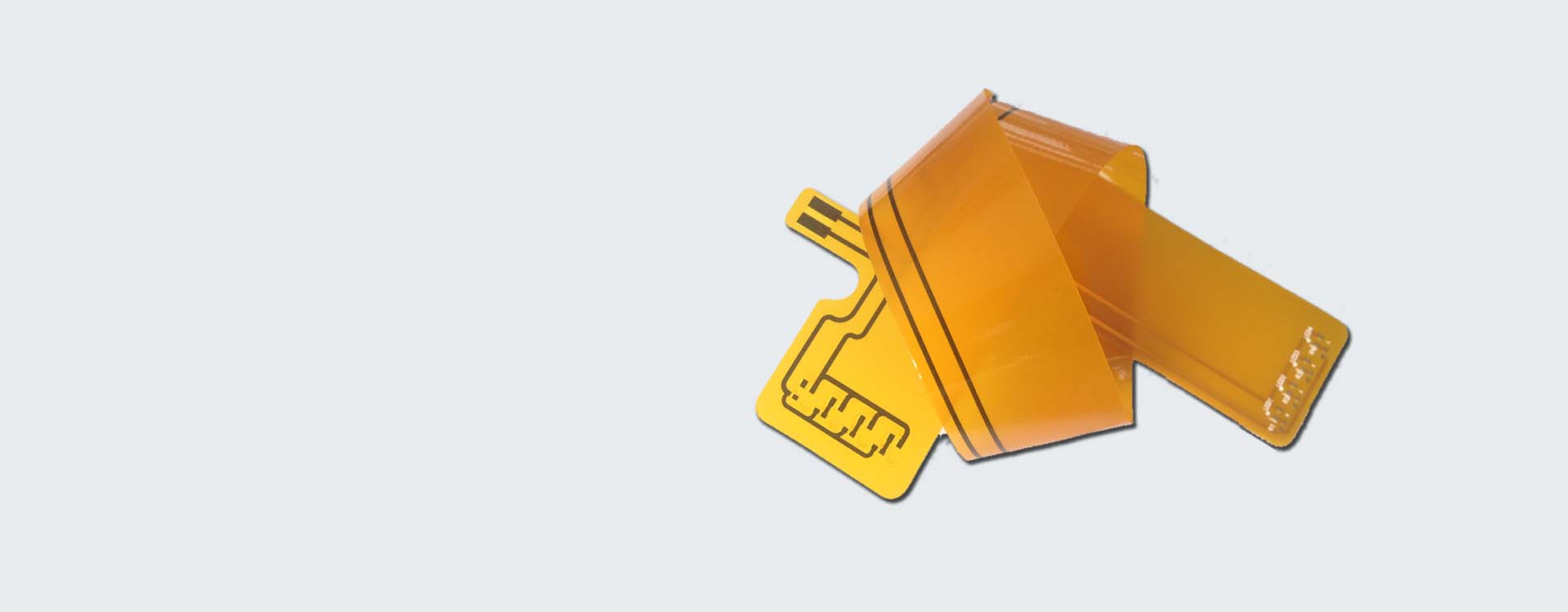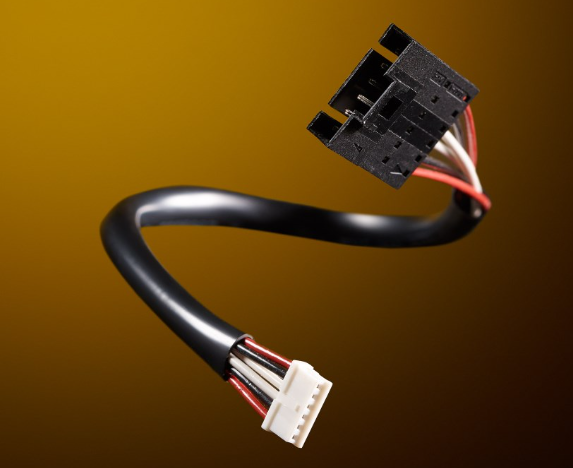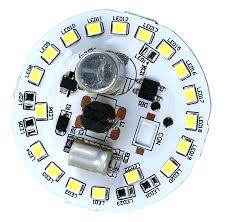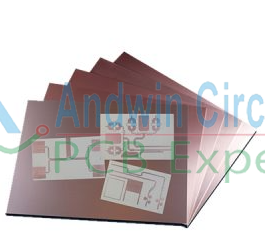Flex pcb keyboard
A flexible printed circuit (FPC) keyboard, also known as a flex PCB keyboard, is a type of keyboard that uses a flexible printed circuit board as its base.
The flexible PCB allows the keyboard to be thinner and more lightweight than traditional keyboards,
while still providing a durable and reliable typing experience.
Flex PCB keyboards are commonly used in portable electronic devices such as laptops, tablets, and smartphones,
as well as in industrial and medical equipment.
They can be customized to fit specific design requirements, including size, shape, and key layout.
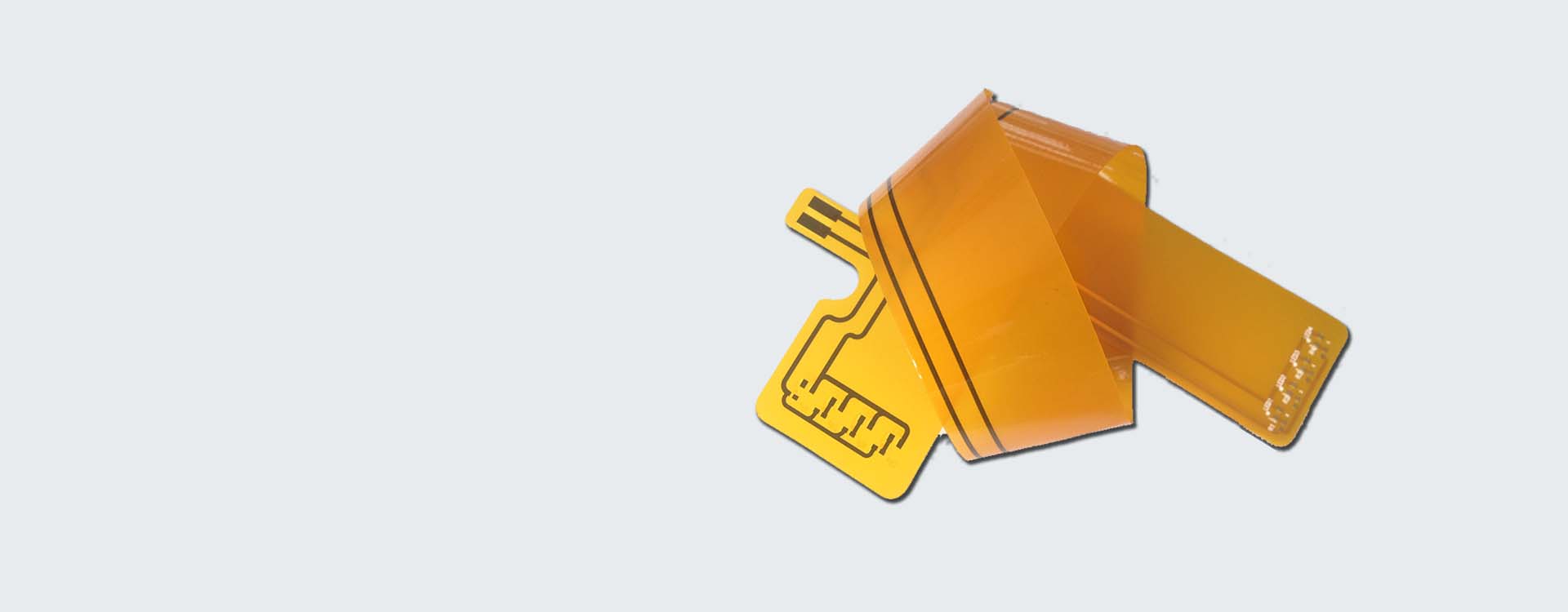
the role of flex pcb keyboard
The role of a flex PCB keyboard is to provide a user interface for electronic devices, allowing users to input data and commands.
The flexible PCB base allows the keyboard to be integrated into a wide range of devices, including those with irregular shapes or limited space.
Flex PCB keyboards are also more durable than traditional keyboards, as they are less prone to damage from impact or bending.
They are also resistant to moisture and temperature changes, making them suitable for use in harsh environments.
Additionally, flex PCB keyboards can be customized to meet specific design requirements,
including key layout, size, and shape, making them a versatile solution for a wide range of applications.
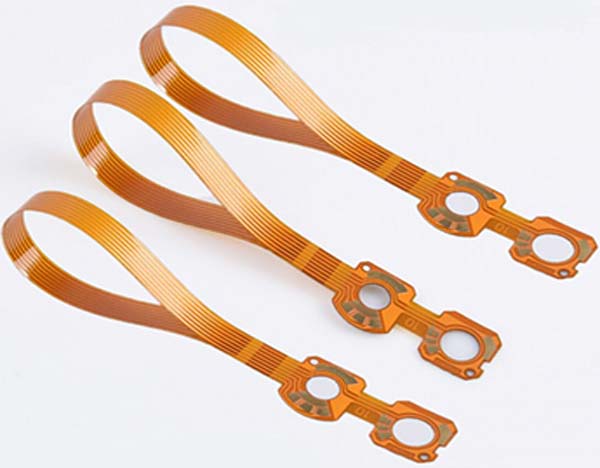
flex pcb history
The history of flexible printed circuit boards (PCBs) dates back to the early 20th century.
In the 1900s, the first flexible circuits were developed using conductive ink on paper.
These early circuits were used in radio communication and military applications.
In the 1950s, the development of polyimide films led to the creation of more reliable and durable flexible PCBs.
These flexible circuits were used in aerospace and military applications, as they were able to withstand extreme temperatures and harsh environments.
In the 1970s, the development of photo-etching technology allowed for the mass production of flexible PCBs.
This technology enabled the creation of more complex and intricate circuits, which were used in consumer electronics, such as calculators and watches.
In the 1990s, the introduction of surface mount technology (SMT) led to the development of flexible PCBs with smaller components and higher density.
This technology allowed for the creation of flexible PCBs that could be integrated into a wide range of devices, including mobile phones, laptops, and medical equipment.
Today, flexible PCBs are widely used in a variety of industries, including automotive, aerospace, medical, and consumer electronics.
They are an essential component in many modern electronic devices, providing a reliable and durable solution for complex circuitry.

